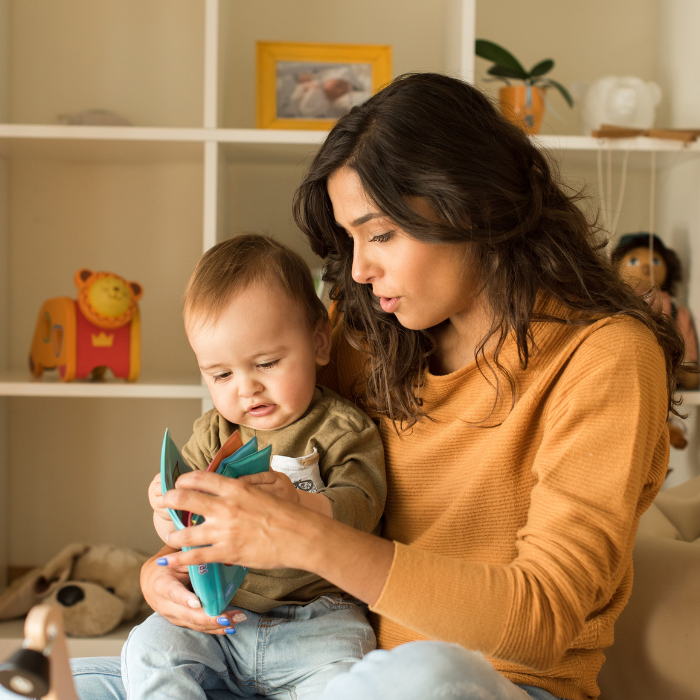
From an early age, we teach our kids to recognise and create patterns to make learning easier, and reading is no different. Here are some patterns you can teach your child to make reading easier.
There is an underlying pattern to many of the tricky words in English – and the key is in understanding how the vowels work.
In the October/November 2010 issue, we focused on the rule of thumb ‘When two vowels go out walking, the first one does the talking and it says its own name’ (e.g., main, bean, lied). We also looked at how the ‘Magic E’ rule creates a long vowel sound (i.e., when a word ends in ‘e’, it changes the first vowel so it says its own name).
In this issue, we are covering the sounds that don’t fit into those rules by looking at all the long vowel combinations. You’ll see why they can cause confusion, because some of them make two different sounds (e.g., cow and blow).
Don’t be overwhelmed! Select one group at a time and start with the letters in red. Let’s take the group ‘er’. Create a list of words (e.g., her, sister, serve, germ, nerve, etc).
Then create a list of words for the ‘ur’ sound (e.g., burn, curl, during, fur, murmur, etc).
These have the same sound, but a different spelling.
Next set is ‘ir’ words (e.g., bird, sir, birth, circle, dirty, firm, third, etc).
In the box below, you’ll see that there are nine long vowel sounds – and 26 different combinations.
| ai (rain) | ||
| -ay (day) | a-e (cake) |
| oa (goat) | ||
| o-e (bone) | ow (low) |
| or (sort) | ||
| au (haunt) | al (tall) | aw (saw) |
| ee (meet) | ||
| ea (seat) |
| ue (blue) | ||
| ew (chew) | u-e (cute) |
| oi (boil) | ||
| oy (boy) |
| ie (lie) | ||
| y (sky) | igh (night) | i-e (kite) |
| er (fern) | ||
| ur (turn) | ir (bird) |
| ou (ouch) | ||
| ow (cow) |
Teach your child each sound and show them examples that they can read, then spell. You’ll watch the penny drop once your child starts to see the pattern and starts to differentiate between them.
How long does this patterning take?
It depends on your child. Don’t rush it, because it is the process of the pattern being firmly established that creates the clarity and certainty. For some children, you can teach all the variations on one sound in a single sitting. For most children however, simply focus on one sound per night.
When you see that your child is reading the words well, you can introduce writing the words. See it as ‘word writing’ rather than spelling or testing because the purpose is not to test, but to get them to apply what they know in writing. Writing is creating another learning pathway to reinforce the pattern they are learning. Keep it casual and informal. Make sure they write the pattern correctly by writing the sound at the top of the page. Your child will only refer to it while they need it.
Some tips for word writing:
- a) Give your child a small whiteboard to write the words on. Then if they write the wrong sound, it is very easily erased and corrected.
- b) Look at each word as the child writes it and correct it as you go. Simply point out the incorrect sound and ask the child to hear it again.
- c) Your child doesn’t always have to write whole words. You might ask them to write parts of words instead, e.g., only the vowel sound.
As your child learns more, their writing will evolve from a few words on a whiteboard to a list of ten words on a piece of lined paper.
Ages & Stages
Under-5s
Read stories that have rhyming patterns. Play rhyming games.
5- to 8-years
Show them examples of these patterns in words, so that they can read them and spell them. The ability to differentiate patterns increases focus and attentiveness.
9-to 12-years
Learning the different spelling groups takes practice. It’s good to know that being able to read and spell these words increases fluency and speed in reading and writing.
Teach your child each sound and show them examples that they can read, then spell. You’ll watch the penny drop once your child starts
to see the pattern and starts to differentiate between them.
Mary Ashby-Green is a reading specialist and trainer of teachers in literacy, and also trained in NLP to work with children with anxiety about learning. She enjoys sharing effective teaching strategies that make learning easy, and she’s trained over 2,500 teachers in New Zealand, the United Kingdom and Namibia.








